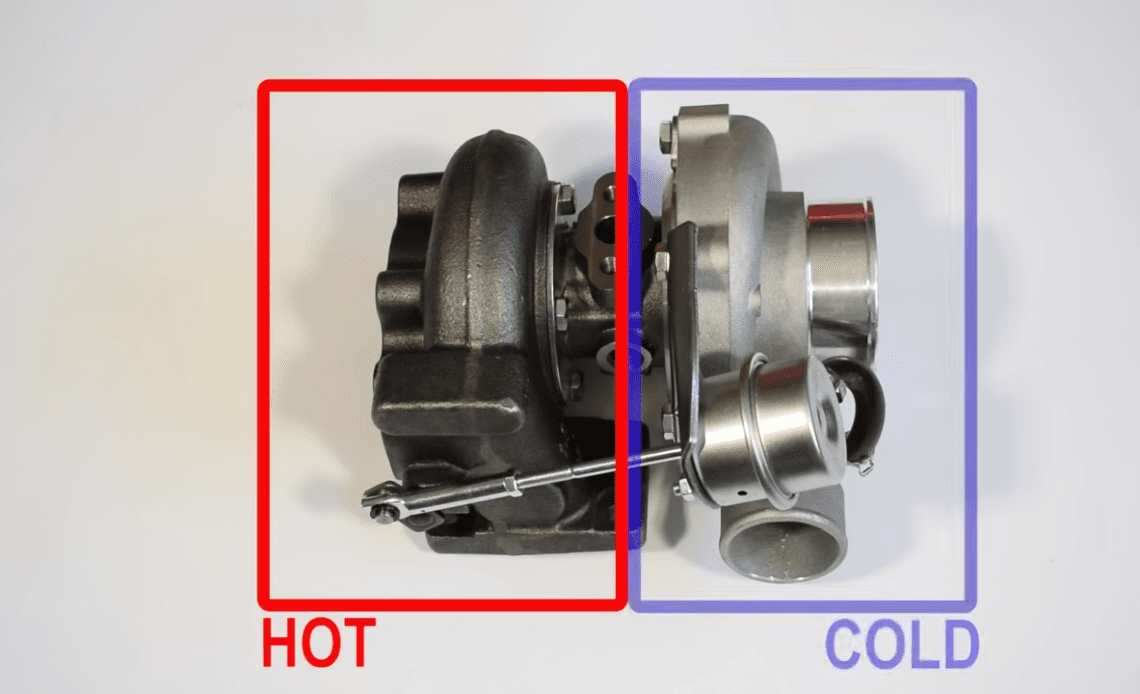It is almost commonplace for a street car to produce 1,000 horsepower nowadays. Even some factory muscle cars are pumping out this magic number. With more and more hot-rodders turning to turbochargers to reach these lofty goals, we thought it would be a good idea to learn more about controlling all that boost using aptly named boost controllers.
Turbo Basics
Turbos connect to the engine on the exhaust side to take advantage of the unused energy. As the engine revs up, the exhaust gasses that would typically be wasted out of the tailpipe are instead used to drive a turbine wheel before making their exit. The turbine wheel is connected directly to the compressor wheel via a common shaft, causing the exhaust gasses to spin the compressor wheel. The spinning compressor wheel compresses the intake air before delivering it to the intake manifold.
The turbine and the compressor wheel are two sides of the same coin. While the exhaust side is referred to as the turbine, the intake side is called the compressor. So, the question is, how do you control the amount of pressure a turbo generates? This is what we want to dive into further with help from our YouTubing friend at Driving 4 Answers.
In D4A’s “Boost School” video, he breaks down the many ways of controlling turbo boost into essentially six parts, or levels, if you will. The video looks at the most basic boost controllers all the way up to the most extreme four-port solenoid boost controllers and dives into detail about how each configuration works.
The most basic way to describe a turbocharger is that there’s a hot side and a cold side. The exhaust spins the turbine on the hot side, which transfers that energy through a common shaft to the compressor wheel (cold side). A mechanical actuator opens the wastegate on the hot side when the pressure overcomes the spring. Clear as mud?
A Basic Wastegate
The first level is the most basic wastegate and actuator setup. At this stage, standard on many early OE turbo applications, there’s a boost reference line connected from the internal wastegate to a boost source, and that’s it. D4A says this setup is fully mechanical with zero electronics tied to how boost pressure is exerted onto the spring and diaphragm inside the wastegate actuator. “Once boost pressure gets high enough, it compresses the spring and opens the wastegate.”
According to D4A, getting the turbo to spool up fast with…
Click Here to Read the Full Original Article at DragzineDragzine…

